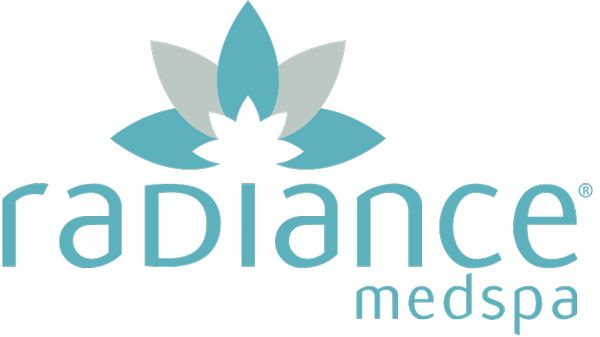When it comes to minimally invasive cosmetic procedures, most minds jump to Botox and facial fillers. However, there's a new girl in town and everyone is talking about her: Kybella, an injectable that dissolves fat cells in the localized treatment area.
"It's a synthetic version of deoxycholic acid and can disrupt the membranes of the fat cells," explains Tiffany Libby, MD, a board-certified dermatologist in Rhode Island. The treatment was FDA-approved in 2015 to treat under-chin fat.
What's wonderful about Kybella is that its results are permanent as it kills fat cells that can't regenerate. But there are several things you should consider before booking your appointment. For starters, you need to make sure you're a good candidate.
Can I Get Kybella?
When treating the under-chin area, most dermatologists will look at two main things: a patient's amount of fat and their cervico-mental angle (the angle at which the neck meets the chin).
Ava Shamban, MD, a Los Angeles-based celebrity dermatologist, says that the best candidate will have neither too much nor too little fat. Dr. Libby says she looks at the cervico-mental angle as she has found that those with an angle of 90 to 100 degrees tend to yield a more satisfying cosmetic result as reduction.
Can Kybella Only Be Used On the Chin?
Kybella can be used off-label to treat other areas, too. Dr. Shamban says it can be used to treat areas such as bra fat, back of arms, knees, and muffin tops, but points out that it's only FDA-approved for the area under the chin. If you're curious about using Kybella for these other areas, consult with your dermatologist and remember it's best used in concentrated areas of truly stubborn adipose tissue.
How Long Does It Take to See Results from Kybella?
For optimal results, the treatment requires several treatment sessions, so the ideal candidate also needs to be patient. Typically, three to four sessions are needed for optimal results, but it could take up to five. Also, note that sessions need to be spaced out about a month apart from each other.
"It usually takes a full two months to see the result of the first treatment, so often I space out the treatments at either one- to two-month intervals depending on how quickly we want to reach the target fat reduction," says Dr. Libby.
Get Started!
Schedule your complimentary consultation today!
What Can I Expect During a Kybella Treatment?
Once you and your dermatologist have decided Kybella is the right treatment for you, the procedure starts with topical numbing of the treatment area for about an hour, followed by cleaning the treatment site. After cleansing and sterilizing the area, a temporary tattoo "grid formation" is placed on the area which helps to guide the injections. Finally, your dermatologist will inject Kybella into the treatment area.
"There is slight injection discomfort associated with the procedure as well as variable stinging — which feels like little bee stings under the skin — that lasts for about 15 to 30 minutes post-procedure," adds Dr. Libby.
What Can I Expect Post-Kybella Treatment?
Post-treatment, Dr. Shamban says to immediately apply ice often on for a couple of hours followed by the application of — sometimes — a chinstrap or some other form of moderate pressure directly to the area to help prevent swelling. Plus, she says to expect a temporary unsightly side-effect: "For the most part, a patient can pretty much count on looking like a 'bullfrog' for at least three days, and in some cases, a week or more following the treatment." Sigh. The price we pay for beauty.
How Much Does Kybella Cost?
We're going to be honest: Kybella will cost you a pretty penny. Final pricing will depend on where you live, who your injector is, how many vials of the product are used per session (both dermatologists say they typically use one to two), and how many appointments you'll need. Dr. Libby prices the treatment at anywhere between $600 and $1500, on average, per session, while Dr. Shanbam says it can cost upward of $2,000.
What Else Do I Need to Know?
As previously mentioned, the results are permanent. However, Dr. Shamban warns that if you gain weight, other neighboring fat cells can swell in size and therefore the appearance of a double chin or fullness can return. However, she notes it will presumably not be as pronounced as it was before the initial treatment.
Read article here.

